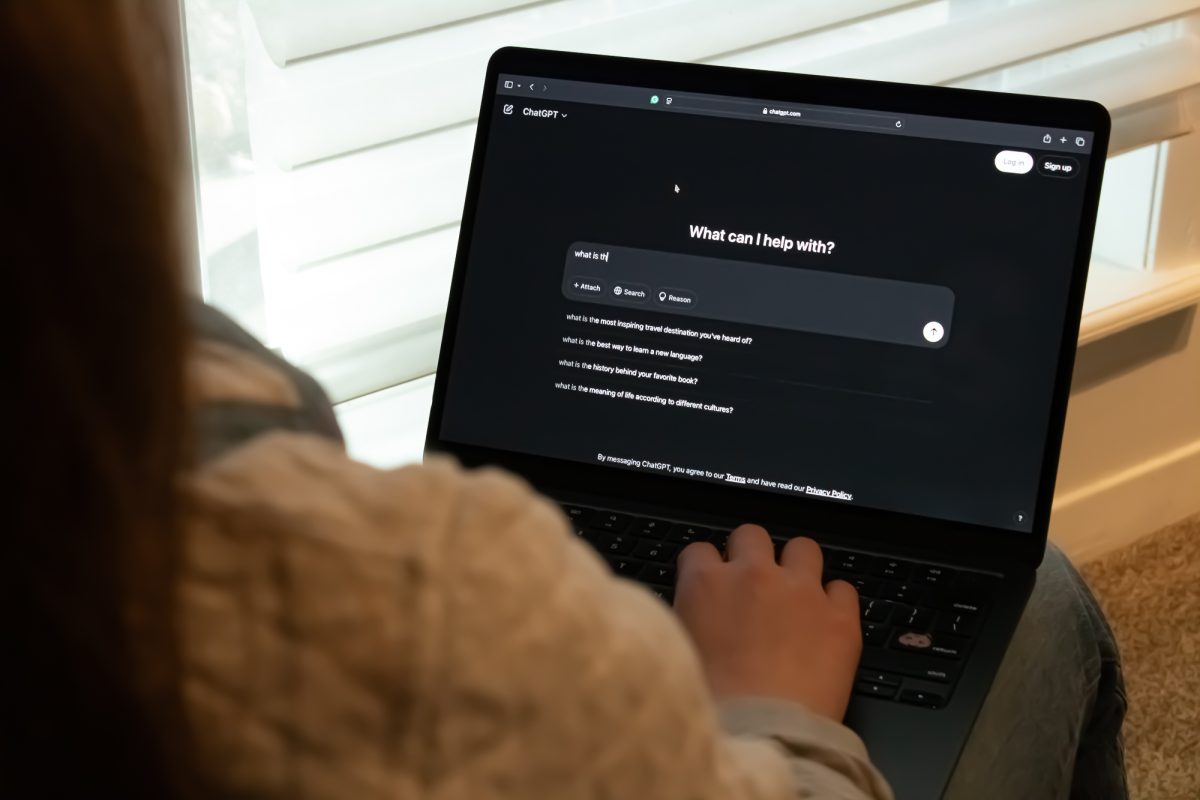Agriculture is an essential part of many rural communities in Texas, and the wider Texas community.
While agricultural productivity in Texas has slowed down in recent years due to the 2007 recession and the subsequent uneven recovery, it still runs ahead of other states, and currently one of every seven working Texans, or 14 percent, is in an agriculture-related job. Moving forward, the Texas Department of Agriculture said the goal is increasing production on agrarian land sustainably while preserving the environment.
According to the Texas A&M College of Agriculture and Life Sciences, the college has contributed to inclusive and sustainable agricultural growth and the provision of nutritious, safe and affordable food through the food system in Texas.
Several researchers at the College of Agriculture and Life Sciences are exploring ways to use new technology at the farm level in the production of the food we eat.
Internet of Things (IOT) devices, such as smartphones, could revolutionize sustainable agrarian production and resilience. According to Charles Hillyer, biological and agricultural engineering assistant professor and extension specialist, one of the IOT projects in progress right now is a wireless irrigation control system. The research is being done by computer engineering graduate students Yanxiang Yang and Justin Sun, Jiang Hu, computer engineering professor, Dana Porter, biological and agricultural engineering professor, Thomas Marek, researcher at Texas A&M AgriLife Research and Hillyer.
The students are using distributed sensors to monitor the soil conditions of the field, then using wireless communication technologies to convey that info from the area to a controller. Combined with real-time weather information downloaded from the National Digital Forecast Database, they can make optimal decisions and direct their automated irrigation machine to apply the right amount of water to the field at the right moment This technology will enable smallholders to know how and when to use inputs for optimal results.
“In such a way, we [can] monitor and control the quality of irrigation operations precisely,” Sun said. “It not only addressed the water shortage problems in many states around the United States, [but] we also developed a model to make decisions based on economic return, taking account of the market price of the agricultural products.”
Another research project by ecosystem science and management professor Sorin Popescu involves remote sensing of the environment, with a core component in laser or LiDAR remote sensing of three-dimensional vegetation structure using data from sensors on terrestrial, airborne and spaceborne platforms, including Unmanned Aerial Systems (UAS) or Unmanned Aerial Vehicles (UAV) .
“My research involves satellite data with a focus on rangelands and forests,” Popescu said. “However, my UAS drone research for the past four years focused on crop phenotyping, so there is a component of my research with benefits for the agriculture sector.”
Popescu’s work is part of the LASERS Lab in the College of Agriculture and Life Sciences, which focuses on algorithmic developments to derive vegetation biophysical parameters, including biomass, carbon, forest fuels, fire risk and other structural metrics that enable advanced research in ecological and earth system sciences. The lab owns and operates advanced laser scanning and imaging systems on terrestrial and UAV/UAS platforms and uses state of the art remote sensing methods for assessing ecosystem dynamics and land cover mapping.
Throughout the United States, Sun said, technology is already transforming the agricultural sector, from farm to fork. As technology improves and is widely disseminated it, the promise of disruption will be fulfilled for agriculture.
Agricultural technological innovation
March 1, 2018
Photo by Photo by Annie Lui
Professors and graduate students in the College of Agriculture and Life Sciences are working together to improve agriculture by developing new technology.
0
Donate to The Battalion
$2065
$5000
Contributed
Our Goal
Your donation will support the student journalists of Texas A&M University - College Station. Your contribution will allow us to purchase equipment and cover our annual website hosting costs, in addition to paying freelance staffers for their work, travel costs for coverage and more!
More to Discover










